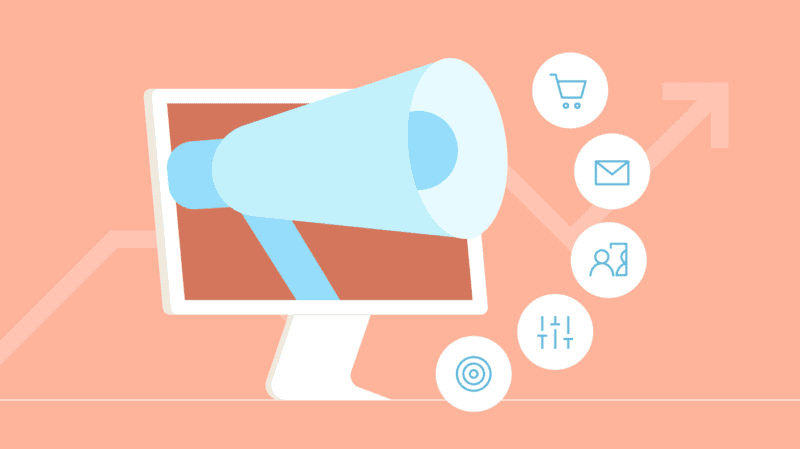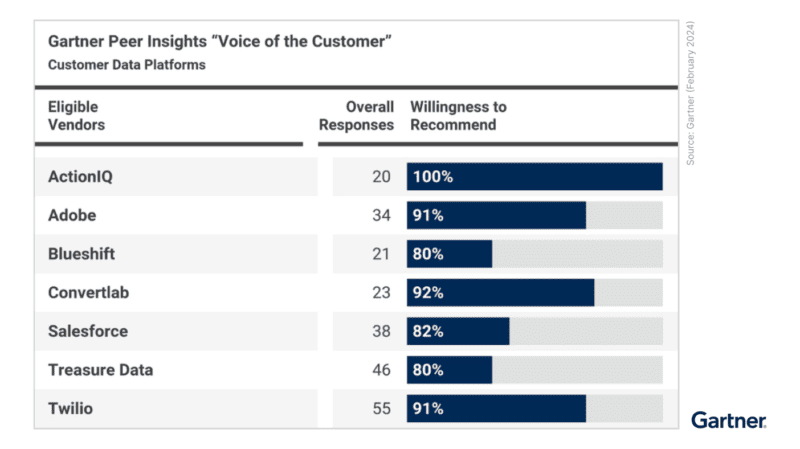How to Run Acquisition Marketing in Times of Uncertainty

It’s a very interesting year for acquisition marketing.
As marketing leaders look ahead at the next 12 months, they have a lot to be uncertain about: from high interest rates putting a strain across businesses and consumers, to new regulations changing the technology used to target new customers, to dramatic changes in how large walled gardens allow advertisers to use their platforms.
The only thing that seems to be certain is that this year will look very different from the previous 10.
But acquisition marketing teams have goals and are still held accountable for driving that growth through the marketing channel. The single most important question that any acquisition marketing leader must answer is: “How?”
How to Run Acquisition Marketing in Times of Uncertainty
Let’s Talk About Marketing Budgets
Acquisition marketing leaders have likely already gone through their budgets for this year and have been asked to make some changes. Maybe they were minor, maybe they were major.
Regardless, the marketing budget they were given to drive customer acquisition is most likely lower than they planned for. Their CFOs have read the headlines, and everyone has been operating in a paradigm where borrowing is more expensive, and the mandate for “growth” has been usurped by the mandate for “efficiency.”
It is critical that a marketing budget offers room for flexibility and change. That usually means that instead of creating one budget, marketing leaders need to create three: one for the expected scenario, one for a best case scenario, and one for the worst case scenario.
Now, this does not mean CMOs have to go through the arduous budget planning process three times, but it does mean they should thoughtfully consider where they can make changes now versus in the moment of a crisis. Minds are clearer during the planning phase, and creating options in advance is the smartest way to make confident decisions when you are in a rush.
As for the expected plan, the marketing function has the largest discretionary budget in the entire company – so how can you make your CFO more comfortable with your very large, very vague acquisition marketing line item?
Where to Begin: Advertising Suppressions Immediately Reduce CAC
This is a tried and true method of creating efficiency in an acquisition marketing budget: reduce customer acquisition costs (CAC) through audience suppression.
At some point in their digital lives, everyone has seen an ad for something they just bought. Not only is this annoying and gives a bad impression to new customers, it’s also a huge waste of money. One of the easiest ways to convert more prospects into customers through advertising is suppressing the customers who have already made a purchase, or outside of your target audience.
Engaging with better targeted customers will lead to higher conversions, leading to the cost of acquiring new customers to drop. But unlike retention marketers, acquisition marketers are usually dealing with anonymous users, which makes identifying which users to suppress more challenging. So how can you do it?
In the old days (i.e., in early 2022) paid media suppression was done with the help of cookies – anonymous identifiers that leverage third-party data and can be used across digital properties. Technology platforms like Data Management Platforms (DMP) were built around this standard.
2023, however, was the final year that cookies existed on any major web browser, and DMPs across the industry have been getting sunset by vendors. This has been a dramatic change in the acquisition marketing motion that requires new tools.
Build the Foundations of a First-Party Data Strategy
At the heart of a customer acquisition strategy that can weather uncertain times is first-party data. First-party data is data that is owned by the brand, not impacted by the deprecation of cookies, and can be leveraged at a low cost to rapidly improve efficiency.
Just like marketers used DMPs to manage 3rd-party cookies, marketers can use other specialized systems to store, manage, and activate first-party data.
The most popular of these systems is a Customer Data Platform (CDP) like we offer at ActionIQ. A CDP is a pre-built technology used by marketers and customer experience professionals to understand their organization’s customers and scale personalized experiences across marketing, sales, and service channels.
The advantage of CDPs is that they typically have pre-built models for better targeting, suppression, and other cost-saving measures that help marketers exceed their goals even with a lower spend.
Get the Complete Guide to Acquisition Marketing
Let’s be clear: failure to adapt to a changing environment means relying further on more expensive methods to target and engage audiences — and a steep increase in customer acquisition costs is the last thing your marketing budget needs right now.
From prospecting and retargeting to website personalization and audience suppression, with the right tools and tactics in place, companies can shift their strategies and succeed in the cookieless future.
Download the Enterprise Guide to Acquisition Marketing Powered by First-Party Data to understand how third-party cookie deprecation may impact your current customer acquisition strategy — and what you can do to drive the best results.





